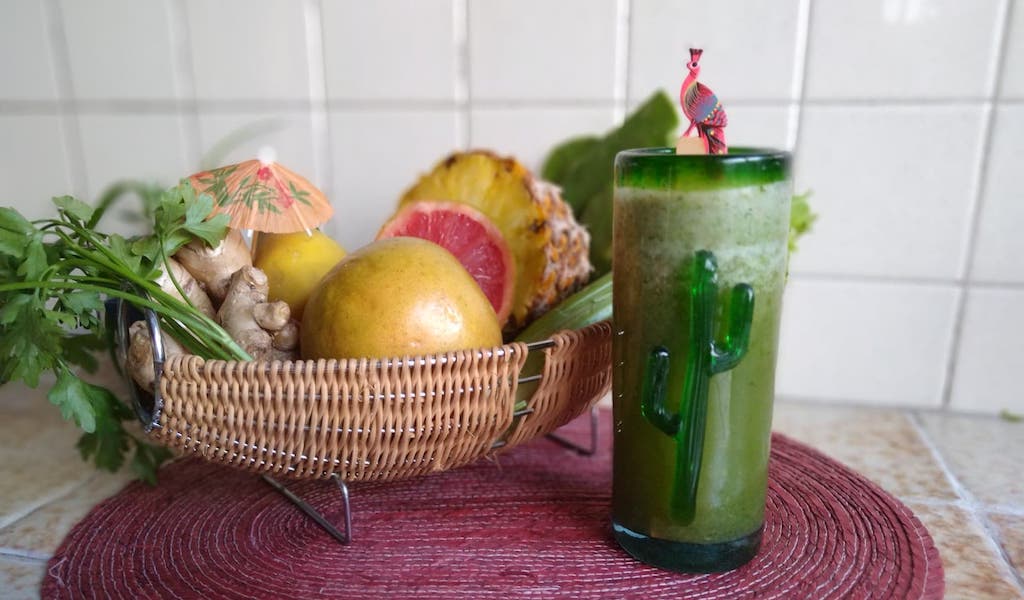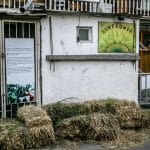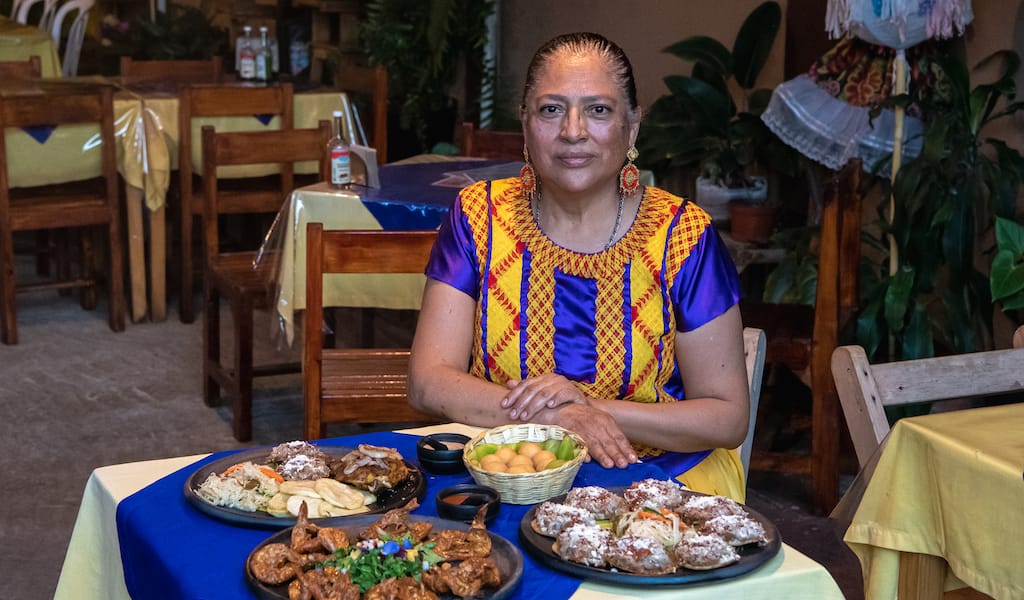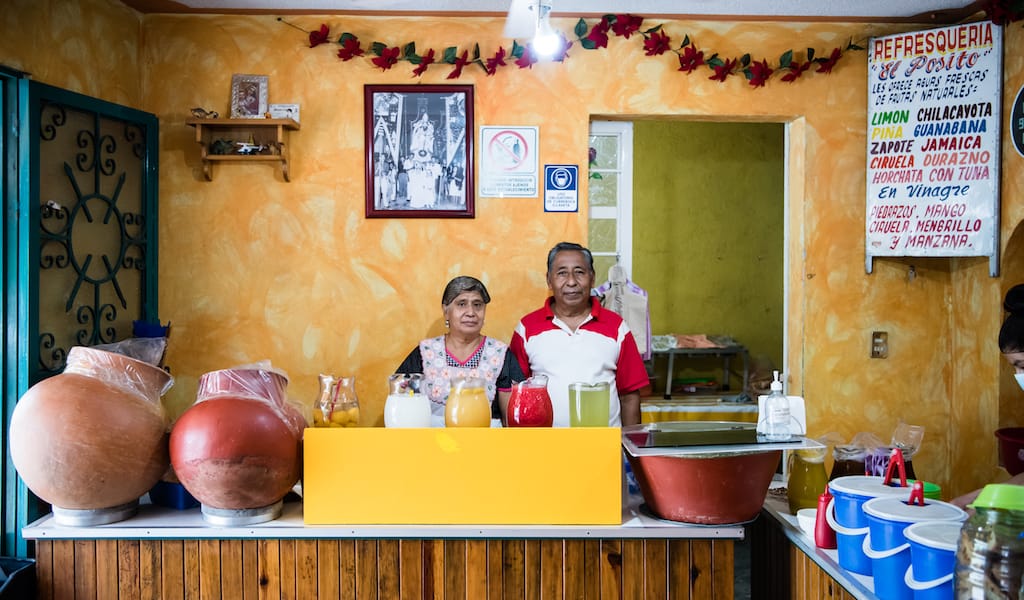“Eat your greens,” they said. “Why not juice them?” Mexico asked. Since time immemorial, or at least for as long as I can remember, natural fruit and vegetable juices have been a thing in Mexico, long before juice bars became trendy in the rest of the world. The juguería (juice bar) is an essential part of the “stallscape” in every Mexican market. However, this tradition can trace its roots to Mexican households, where fresh juice and fruit-infused water have long been enjoyed during breakfast or lunch – and still are, although carbonated drinks are increasingly replacing them. Luckily, the juguerías continue to serve up dozens of juices with different flavors and purposes, from curing a hangover to activating blood circulation and everything in between.
Throughout this particularly strange year, the consumption of healthy juices became essential in my daily diet. Their healing and health-boosting properties somehow made me feel protected, as if it was some sort of vitamin armor. Providing myself with the right juices, however, wasn’t as easy as drinking them. In February, when the coronavirus pandemic was just starting, I could still go to any juguería to drink my beloved jugo verde (green juice). But when the lockdown started in March, my vitamin-charged potion became a luxury. No matter how much I tried, I could never get the flavor or the texture right; sometimes it was too gooey, other times it tasted too green or not tangy enough. But that didn’t stop me from tinkering and ultimately finding the perfect formula for green juice, juguería style. My perseverance gave me two things: first, the feeling of success; and second, the realization that making juice is a kind of alchemy, one that is aided by the ingredients we have at hand in this part of the world.
The good thing about living in southern Mexico is the variety and freshness of fruits and vegetables available all year long. Look no further than the ingredients of the Mexican version of jugo verde: parsley, pineapple, celery, grapefruit and, of course, cactus. But the trick comes in finding the right proportions. Months passed, and my jugo verde recipe became better each day. I finally settled on a handful of parsley, a fist-size piece of pineapple, half a celery stick, 300ml of grapefruit juice, almost a thumb-size piece of cactus and – my very own secret twist – a tiny piece of fresh ginger.
Food has always been a means of survival, but now, as 2020 slips through my fingers, I can see how much my relationship with food changed as a result of the pandemic and the lockdown. Not only did I start treating each ingredient as a vehicle for nurturing myself, but I also began to understand their growing cycles, the best way to cut them, wash them, preserve them. Being able to wake up every morning and fix a drink that made me feel stronger and sharper in a world where everything was chaotic was both a privilege and the most essential thing in my morning routine – for that, I’m thankful.
Editor’s note: Normally when December rolls around, we ask our correspondents to share their “Best Bites,” as a way to reflect on the year in eating. But 2020 was not a normal year. So at a time when the act of eating has changed for so many, our correspondents will write about their “Essential Bites,” the places, dishes, ingredients and other food-related items that were grounding and sustaining in this year of upheaval.
María ÍtakaMaría Ítaka
Published on December 17, 2020
Related stories
October 27, 2022
OaxacaAt the bottom of a quiet street in Colonia Reforma, a neighborhood located in the northern-central area of Oaxaca City which hides many of the city’s best-kept food secrets, we find Garnachas La Güera. While the area is characterized by its quiet, residential streets, this restaurant is a small paradise where joy, music and good…
August 20, 2021
OaxacaBack in our college days, in the mid 2000s in Mexico City, we spent hours talking with our fellow students about the foods we missed the most from home. When we, the “Oaxacan delegation,” brought up piedrazos, everyone in the room laughed. They could not fathom something with such a name – piedrazo literally means…
January 3, 2018
TbilisiThe year was 2001, and we were squeezed around an enormous table, together with a half dozen men in their late fifties, in a small conference room at a Soviet-era tobacco collective in Lagodekhi, near the Azerbaijan border. The director of the collective casually slipped a biography of Joseph Stalin under the table and told…

















































































